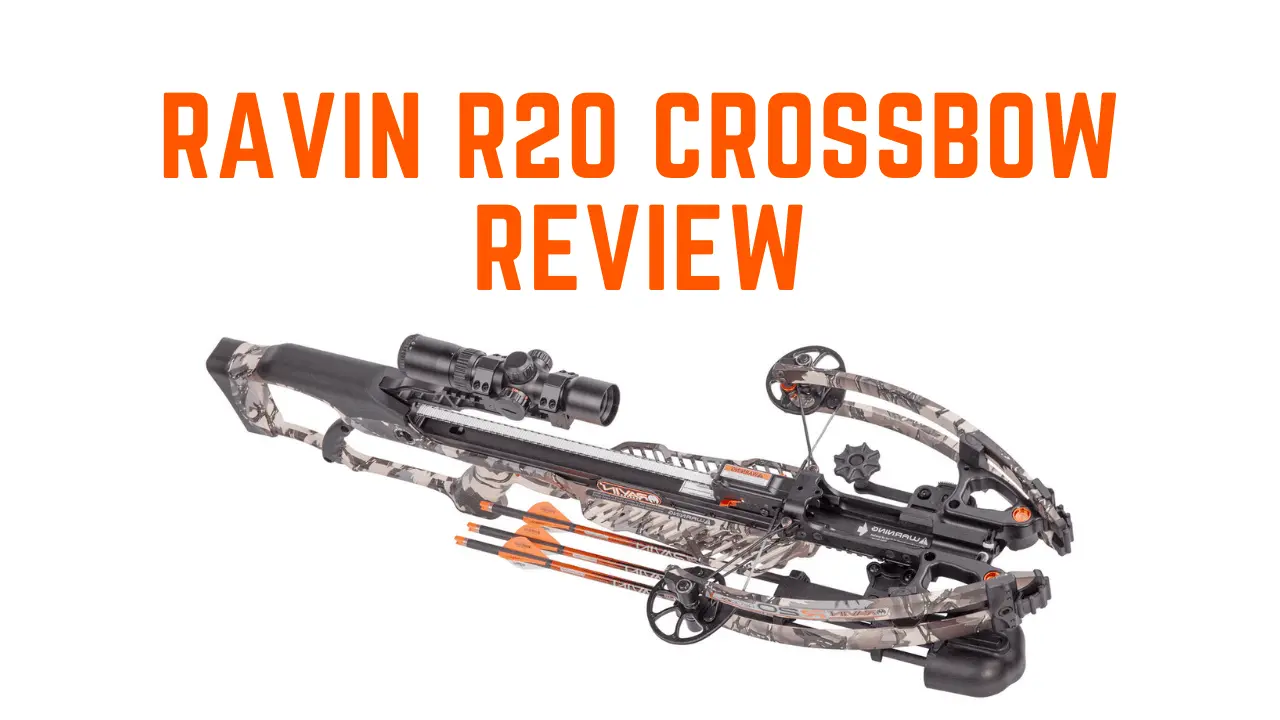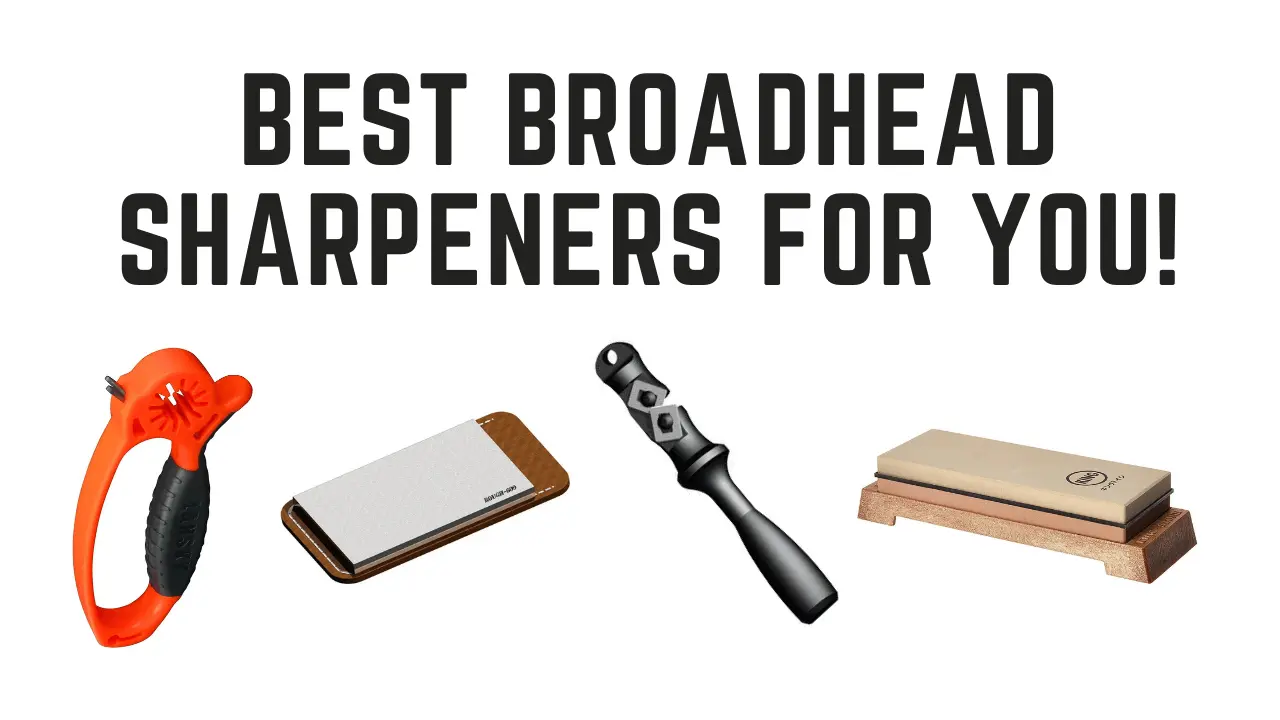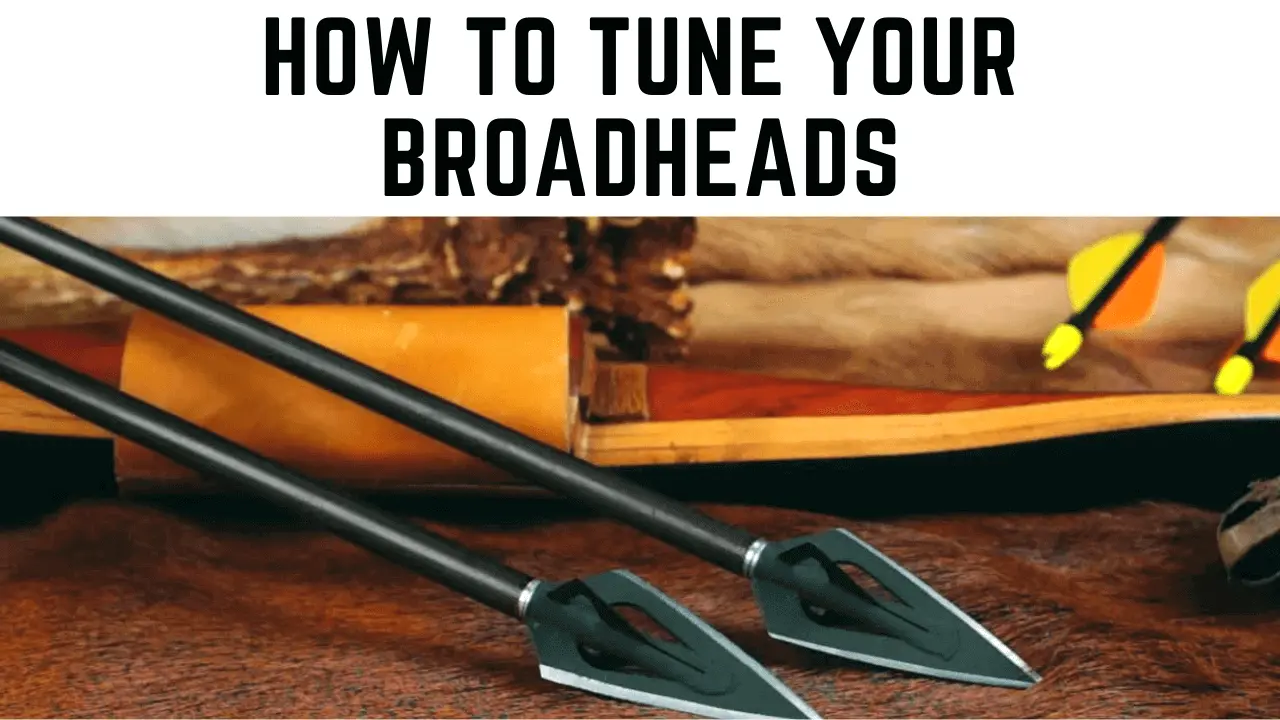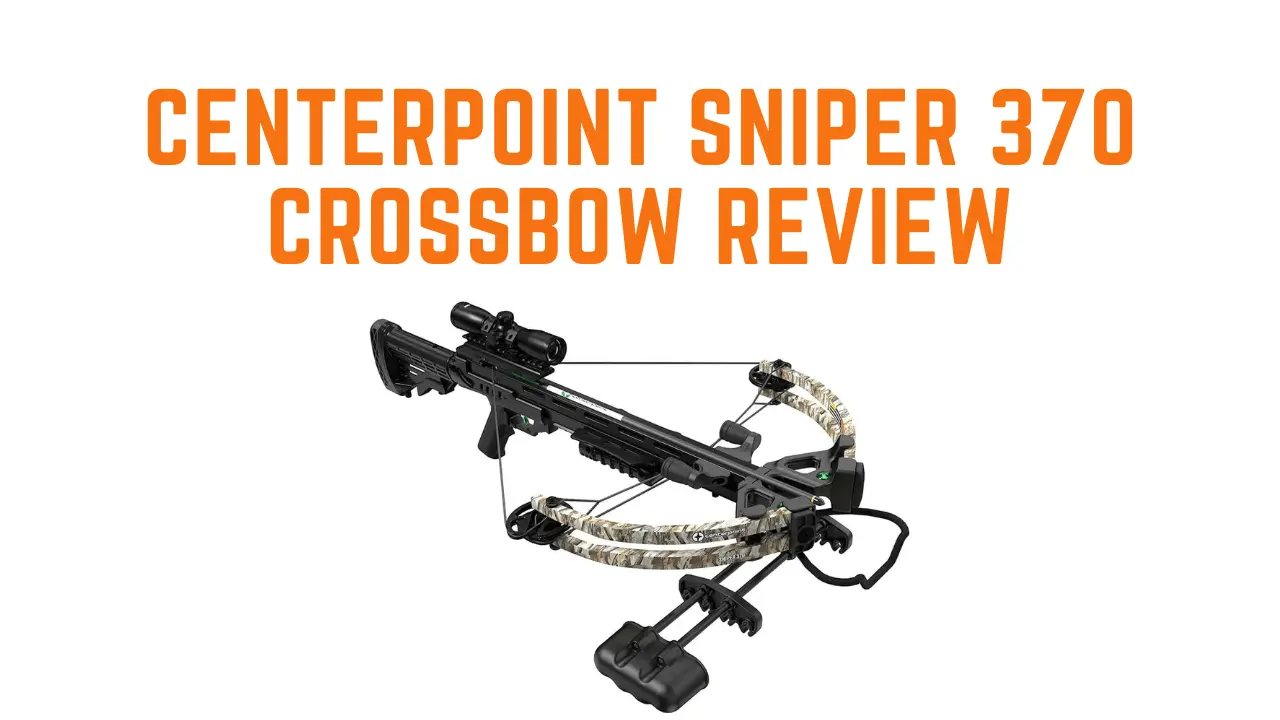Broadheads vs Field Points – All Benefits and Downsides
When you’re looking to take your hunting game to the next level, there are many things to consider, but one of the most important may be the arrow tip you choose. Broadheads and field points each have their advantages and disadvantages, making them ideal for different scenarios.
In this article, I’ll walk you through the pros and cons of broadheads and field points so you can decide which is ultimately the best fit for you. So let’s dive in!
When Should I Go With Field Points?
Field points are the most basic type of arrowheads and have no cutting or sharp edges. They have a rounded metal tip that gives your arrow a more aerodynamic trajectory for improved accuracy.
Field points are great for target practice because they can penetrate foam targets with minimal damage. This makes them ideal for improving accuracy since their flight path behaves similarly to that of broadheads when fired from identical bows and arrows.
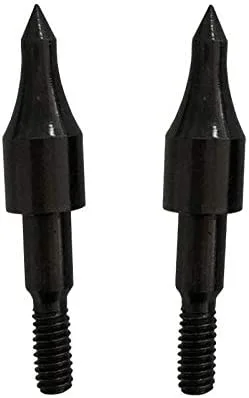
Additionally, since there’s no blade on field points, you don’t have to worry about dulling it after each use – making them easy to maintain and cost-effective in the long run.
Field points aren’t recommended for hunting as they don’t cause enough damage to take down the game. While they can penetrate a target, their round tip doesn’t slice through tissues or organs like broadheads and won’t cause enough trauma to kill the animal quickly – resulting in more greater suffering.
The field points usually pass through the animal you are hunting. The wounded animal can live for days, but all this time, it prays for death. Hence it is illegal and unethical to hunt using field tips.
When Should I Go With Broadheads?
Broadheads are designed with a sharp, cutting edge and are meant for one purpose, taking-down big game. Broadheads are specially designed arrow tips with cutting edges that come in two main varieties: fixed blade broadheads and mechanical broadheads.

Fixed blade broadheads have one or more blades that remain stationary, while mechanical broadheads deploy from a closed storage position when fired from the bow.
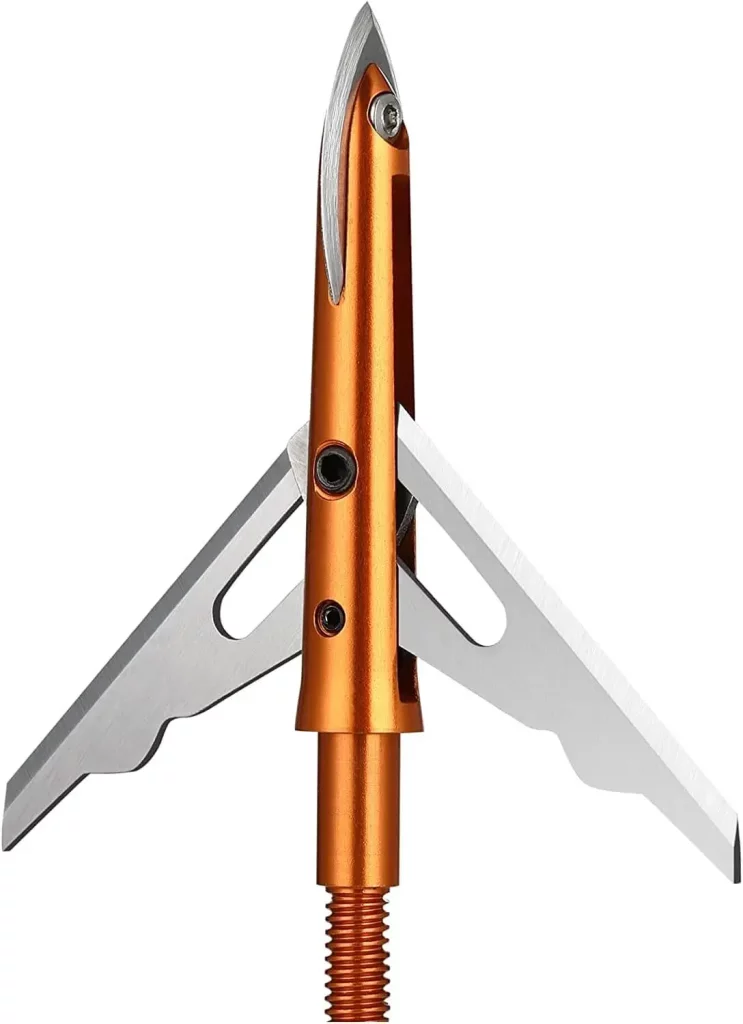
Broadheads are great for hunting because of their damage-causing capabilities. The blades on these arrow tips allow them to slice through tissues and organs to kill the animal quickly – making them ideal for humane and successful hunting. Additionally, since they can cause more damage than field points, broadheads can be used on larger games such as deer and elk.
Broadheads can quickly take down animals of all sizes when used correctly. It’s important to note that accuracy is vital when using broadheads, as any misfires could lead to the animal not being killed swiftly or escaping easily due to insufficient trauma.
Therefore, it’s recommended you often practice with your bow and broadhead before taking them out in the field. Since these arrows have blades; they must be maintained after each use to ensure they
Broadheads are more expensive than field points and require more maintenance to keep the blades sharpened after each use. Mechanical broadheads also tend to be heavier than fixed blade varieties due to their extra parts, resulting in decreased arrow speed and accuracy.
Differences in flight
Broadheads feature larger cutting edges than field points, which can increase drag due to greater surface area. This increased drag can slow down the arrow and cause it to veer off course, making accurate shots more difficult. This is because the cutting edges of broadheads create a wider surface area than the round tips of field points, which causes air resistance on the arrow. This air resistance results in more drag on the arrow as it travels through the air, thus slowing it down and reducing accuracy.
Many archers opt for carbon arrows when using broadheads to compensate for this increased drag. Carbon arrows are very light, and their narrow shafts provide less surface area for drag, resulting in increased speeds and better accuracy.
Here’s an interesting video that you may find useful:
Additionally, since carbon arrows are so light, they also have a higher kinetic energy at impact – meaning that even though they may have slightly reduced speed due to air resistance from the broadhead’s cutting edge, they still have enough power to penetrate targets deeper than heavier arrows with field points.
On the other hand, field points have less drag due to their round tips and can travel further with better accuracy than broadheads. As a result, they are more suitable for shooting targets at long distances where the arrow needs to stay on course. These points do not have blades and thus do not undergo drag due to air resistance, allowing for better accuracy and less deviation from the intended target.
Why is Tuning Crucial
No matter whether you choose to use field points or broadheads for your arrows, it is important to tune your bow properly. Your bow needs to be adjusted so that the arrow reaches its maximum speed and accuracy potential with either type of head.
Your practice and due diligence will ensure that you get the most out of your bow setup and ensure every shot is accurate, regardless of whether you’re using field points or broadheads.
One key tip is using the same broadhead set for practice and hunting. This allows you to become comfortable with the arrow setup and adjust your bow for maximum accuracy and speed with a broadhead type. With consistent practice and proper tuning, you can ensure that your arrows will fly accurately when fired from the bow.
Before you go to the field, study your equipment and check for arrow trueness on an arrow spinner or other instrument. Remember that it is your responsibility to ensure each arrow leaves the bow straight and true in order to achieve desired shots.
Final Words on Broadheads Vs Field Points
Broadheads and field points have their own advantages and disadvantages, making them suitable for different situations. Field points are great for practicing accuracy at long distances, whereas broadheads are more suited for hunting due to their greater cutting-edge and penetration power.
In the end, choosing the right head depends on what kind of shooting you plan to do. No matter which head type you use, it is important to properly tune your bow for each type and practice to ensure that your arrows travel straight and true. With proper preparation, you can make sure you get the best out of your archery setup no matter what type of arrowhead you choose.



